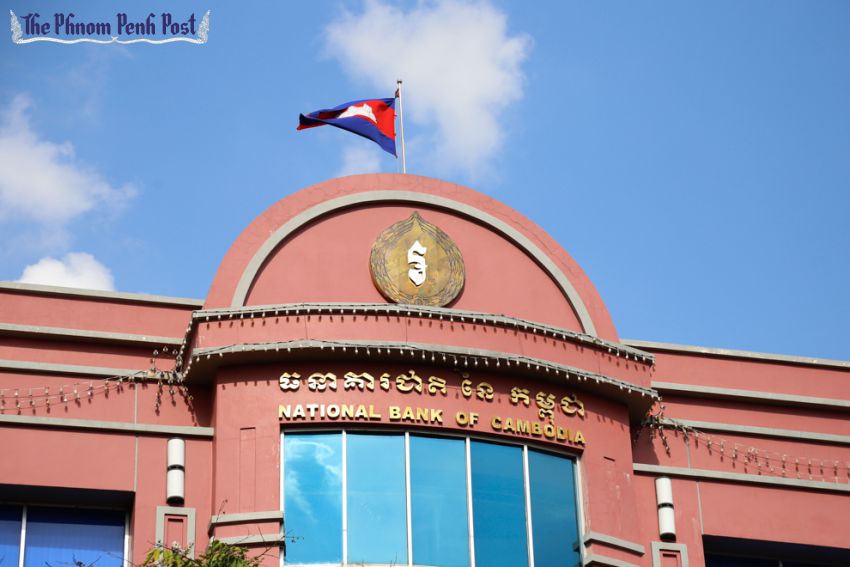Cambodia: Banking shows steady growth
Cambodia’s financial sector saw healthy growth last year with increased deposits and profits amid slower credit growth, reflecting sustainable development and increased public confidence in the sector, according to a recently released central bank report.
According to the National Bank of Cambodia’s (NBC) annual supervisory report, deposits in the country’s banks rose by 21.8 percent to $13.9 billion last year, while loans increased by 20.5 percent to $14 billion, down from 25.8 percent in 2015.
Deposits at Cambodia’s seven deposit-taking microfinance institutions (MDIs) increased by 12.7 percent to $1.48 billion, while the combined loan portfolio of all microfinance institutions (MFIs) increased by 4.7 percent to $3.16 billion at the end of 2016.
Stephen Higgins, managing partner at Mekong Strategic Partners, said that last year’s deposit growth of 20 percent was at a healthy rate and a positive indicator for continued financial stability.
“In general, you would rather see growth in the finance sector funded by customer deposits than from offshore wholesale borrowings, which are more likely to leave the country in a crisis,” he said, adding that the overall credit decrease reflected a more cautious lending environment.
“Credit growth for the overall system was 15 percent, down from 29 percent the prior year,” he said. “While that would seem a big drop, we would see 15 percent as a more sustainable and sensible growth rate than what we’ve seen in the past.”
Higgins expected that growth rates in Cambodia for 2017 will be broadly in line with or slightly lower than 2016, though it would still be one of the best performers in the region.
By the end of 2016, the Cambodian banking system consisted of 37 commercial banks, 15 specialised banks, seven MDIs, 64 MFIs and another 170 registered microfinance operators, according to the NBC.
The rate of credit growth in the microfinance sector declined to just 4.7 percent last year, though the NBC explained in the report that the slowdown was partly caused by the merger of Sathapana Microfinance and Maruhan Japan Bank, causing Sathapana’s MFI loans to be excluded from 2016 calculations.
According to the report, Cambodian banking institutions managed to maintain profitability, with overall return on assets (ROA) at around 1.8 percent and return on equity (ROE) at 10 percent. The central bank highlighted the continued profitability of MFIs last year, with average ROA standing at 3.5 percent, while ROE was at 16.4 percent.
However, despite strong growth last year, some industry insiders predicted that the Cambodian financial sector – and the microfinance sector in particular – could see a noticeable slowdown this year due to the recently implemented 18 percent interest rate cap on all new and restructured microfinance loans that began on April 1.
Bun Mony, adviser to the Cambodia Microfinance Association, expected that NBC’s populist measure would have major repercussions on the sector’s smaller players.
“The new interest rate cap will have some impacts for the microfinance industry, leading to slower growth this year,” he said. “Net profits in the industry will decrease. Big institutions will see noticeable declines in profits this year, while small operators will see more serious declines.”
An emerging negative trend in 2016 was an increase in the rate of non-performing loans (NPL) that grew from 1.9 percent in 2015 to 2.4 percent in 2016. Meanwhile, NPL rates for MFIs nearly doubled, from 0.8 percent in 2015 to 1.4 percent last year.
In Channy, president and CEO of Acleda Bank, said that the increase in NPL rates needed to be addressed by lenders, while he maintained that the situation was currently not a major concern.
“If we compare the non-performing loans in our country to other countries in the region and globally, the ratio is still small,” he said. “It should not be a big concern for us.”
Source: http://www.phnompenhpost.com/business/banking-shows-steady-growth


 English
English




